Interestingly, joint pain is frequently accompanied by neuropathy, and the joint pain is often improved by treating the nerve(s) first. The connection appears to be one of inflammation which degenerates the joint. Maybe this is how the joint became arthritic. Treating the nerves seems to be more important when treating small joints, such as finger joints. It helps the joint capsules become smaller and normal looking.
Peripheral Neuropathies have a low glucose level within the nerve. These low glucose levels are responsible for inflammation and pain. I treat this condition with near nerve injection of a buffered D5W solution.
Your brain and nervous system rely on glucose to function correctly, it’s the fuel of your entire nervous system. Our treatment strategy is predicated on replenishing the glucose deficiency at specific sites where there’s defective glycolysis (a metabolic problem in converting glucose to energy and pyruvate). Neuropathic conditions have shown remarkable functional improvement with targeted glucose injections near the affected nerves. Unlike systemic administration through intravenous delivery or oral intake, these localized injections can quickly alleviate pain, usually to the patient’s surprise. The treatment is unique because we use micro injection techniques to target the affected areas. This method is safer, more effective, and faster, providing relief where traditional medications fall short. So, rather than trying to combat the pain with analgesics, it is better to correct the error in the glycolysis which then avoids generating pain.
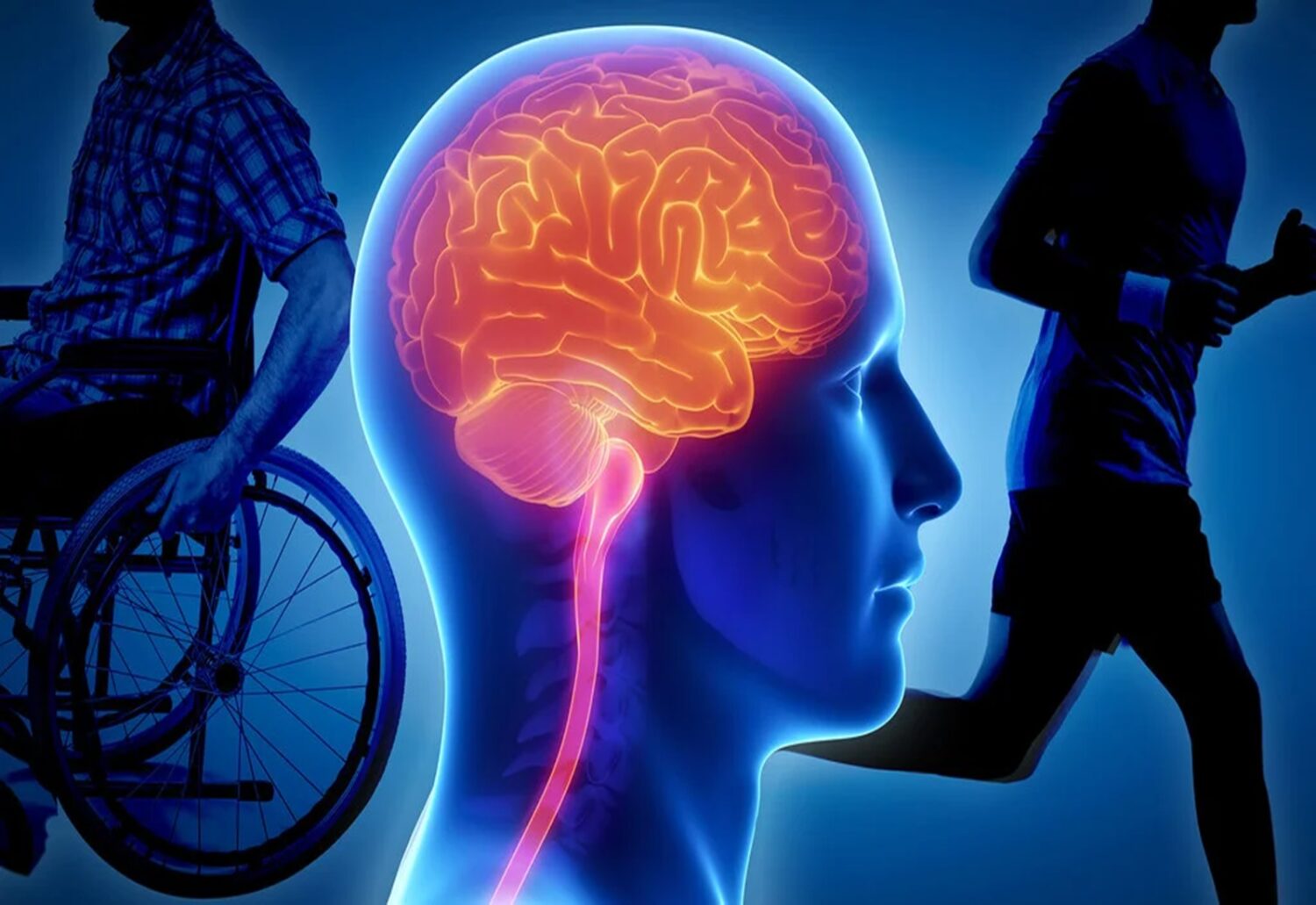 My new treatment strategy for MS stands out for its safety, efficacy, speed and low cost, compared to the standard treatment. I don’t use DMTs because they are toxic and are not necessary with my treatment which causes rapid improvement in symptoms and cessation of progression (no further neurologic degeneration). I wasn’t impressed with the focus on the CNS, it’s toxic drugs and disappointing results. The standard treatment is too slow. There is now a better way.
My new treatment strategy for MS stands out for its safety, efficacy, speed and low cost, compared to the standard treatment. I don’t use DMTs because they are toxic and are not necessary with my treatment which causes rapid improvement in symptoms and cessation of progression (no further neurologic degeneration). I wasn’t impressed with the focus on the CNS, it’s toxic drugs and disappointing results. The standard treatment is too slow. There is now a better way.
My MS treatment protocol came long after I had treated many Peripheral Neuropathy (PN) cases. My first MS patient was an old friend who had the standard MS treatment and whose biggest complaint was numbness from his knees down to his feet . At first I considered that he had Peripheral Neuropath (PN) but my examination of his motor and sensory symptoms suggested MS. And because there can be similarity between MS and PN, I thought I’d see how his MS would respond to my Peripheral Neuropathy treatment. His leg numbness was gone at the end of his first treatment and his legs began to feel stronger. His symptoms improved with each treatment visit. This indicated that MS and PN were similar enough to use the same successful medicine. I use the same treatment on both MS and PN patients now.
My treatment is so well tolerated that it allows larger and longer treatments to get as much initial improvement as possible. And most interestingly, the MS appears to go into dormancy because the progression of the disease ceases.
While the CNS can be involved, peripheral symptoms are more common and can prevent mobility.
By treating the legs, where many symptoms are usually present, we’ve seen significant symptom relief directly proportional to the amount of treatment.
My approach is for frequent treatment sessions, focusing on alleviating the most distressing symptoms first.
I would argue that MS can be viewed more as a general neuropathy and not only a CNS one as is often claimed; the rapid treatment response supports this.
Patients who have lived with MS symptoms for years, questioning their potential for recovery, have found hope and relief through this treatment. We’ve discovered that neuropathic nerves, even those dormant for years and seemingly beyond repair, can often regenerate and return to normal. This regenerative capability represents a significant advantage over other treatments, offering a chance for patients to achieve remission by focusing on the most symptomatic areas.
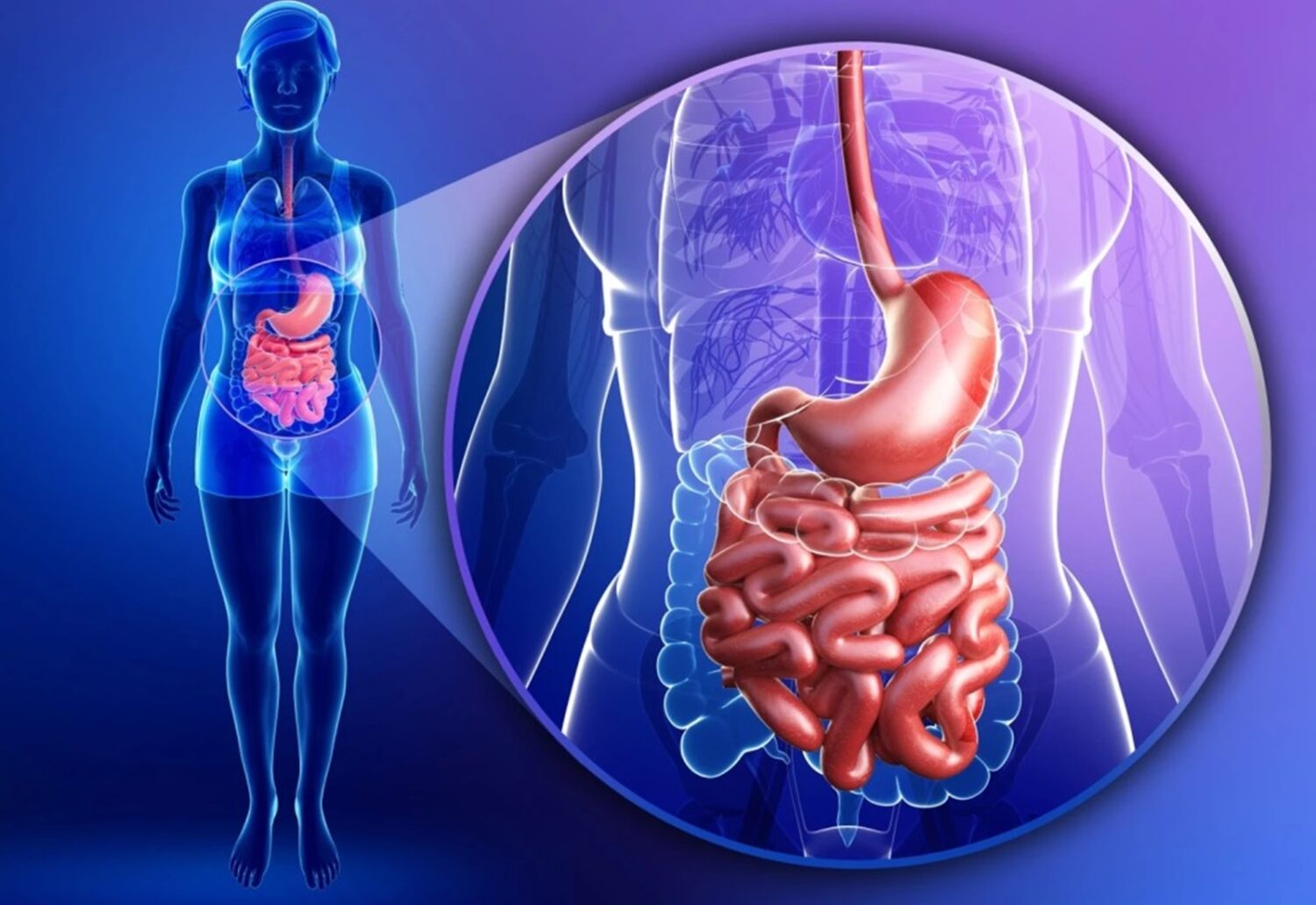 I considered the cause of the severe degree of inflammation in Crohn’s disease to be neurogenic and similar to that in Trigeminal neuralgia and Migraine. I had treated these neurological conditions many times previously with Buffered dilute dextrose according to the Lyftogt technique of near-nerve injection, and there was always a rapid response with the disappearance of pain and inflammation. There was a defect in glycolysis behind this inflammation which dilute dextrose promptly corrected.
I considered the cause of the severe degree of inflammation in Crohn’s disease to be neurogenic and similar to that in Trigeminal neuralgia and Migraine. I had treated these neurological conditions many times previously with Buffered dilute dextrose according to the Lyftogt technique of near-nerve injection, and there was always a rapid response with the disappearance of pain and inflammation. There was a defect in glycolysis behind this inflammation which dilute dextrose promptly corrected.
The first patient was a 53 yr old female who had Crohn’s since she was 7 yrs old; she had approximately a 7-8 out of 10 abdominal pain prior to treatment, but her pain rapidly subsided in about 20 seconds, proving the neurogenic origin of her lifelong struggle with Crohn’s. This discovery paved the way for a transformative treatment approach: a simple, yet highly effective injection that turns off the root cause of Crohn’s inflammation and symptoms. This occurred over 6 years ago, and she hasn’t had a recurrence of pain.
This innovative method hinges on the neurogenic nature of the condition, which is also a common factor in numerous painful disorders. The treatment is exceptionally safe, with no known side effects. However, it’s important to note that its efficacy can be blocked by the use of opioids like codeine and hydrocodone. These substances inhibit the action of C-fibers in the nerves, thereby obstructing the path to pain relief. For optimal results, patients should not have taken opioids for at least a month prior to receiving this treatment.
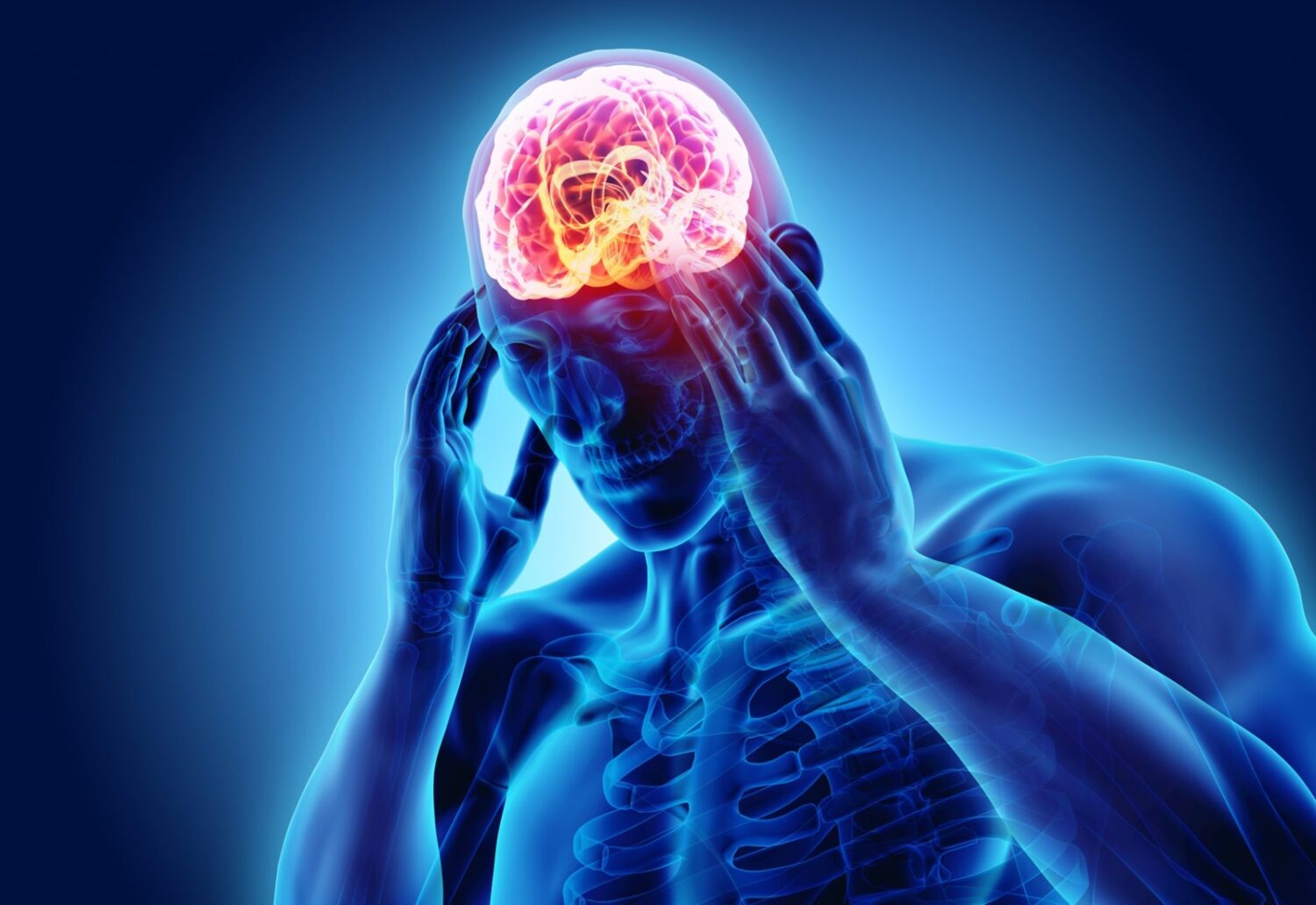 My approach to treating migraine represents a significant advancement over traditional methods, offering a safer and more effective solution. We recognize migraine as one form of neuropathic pain, which is notably resistant to standard analgesics because these medications fail to address the underlying cause: a deficiency of glucose within the nerve tissue caused by a defect in glycolysis (the conversion of glucose to energy).
My approach to treating migraine represents a significant advancement over traditional methods, offering a safer and more effective solution. We recognize migraine as one form of neuropathic pain, which is notably resistant to standard analgesics because these medications fail to address the underlying cause: a deficiency of glucose within the nerve tissue caused by a defect in glycolysis (the conversion of glucose to energy).
Our technique involves the administration of micro-injections close to the painful areas, a near-nerve injection. Remarkably, this can result in the cessation of a migraine attack within a minute. The patient discontinues their usual migraine medicine the day before treatment. They receive two treatments the first day and one treatment the next day. They won’t need another injection treatment for Migraine. Theyy must not have had any opioids for 1-2 months or it will block the treatment.
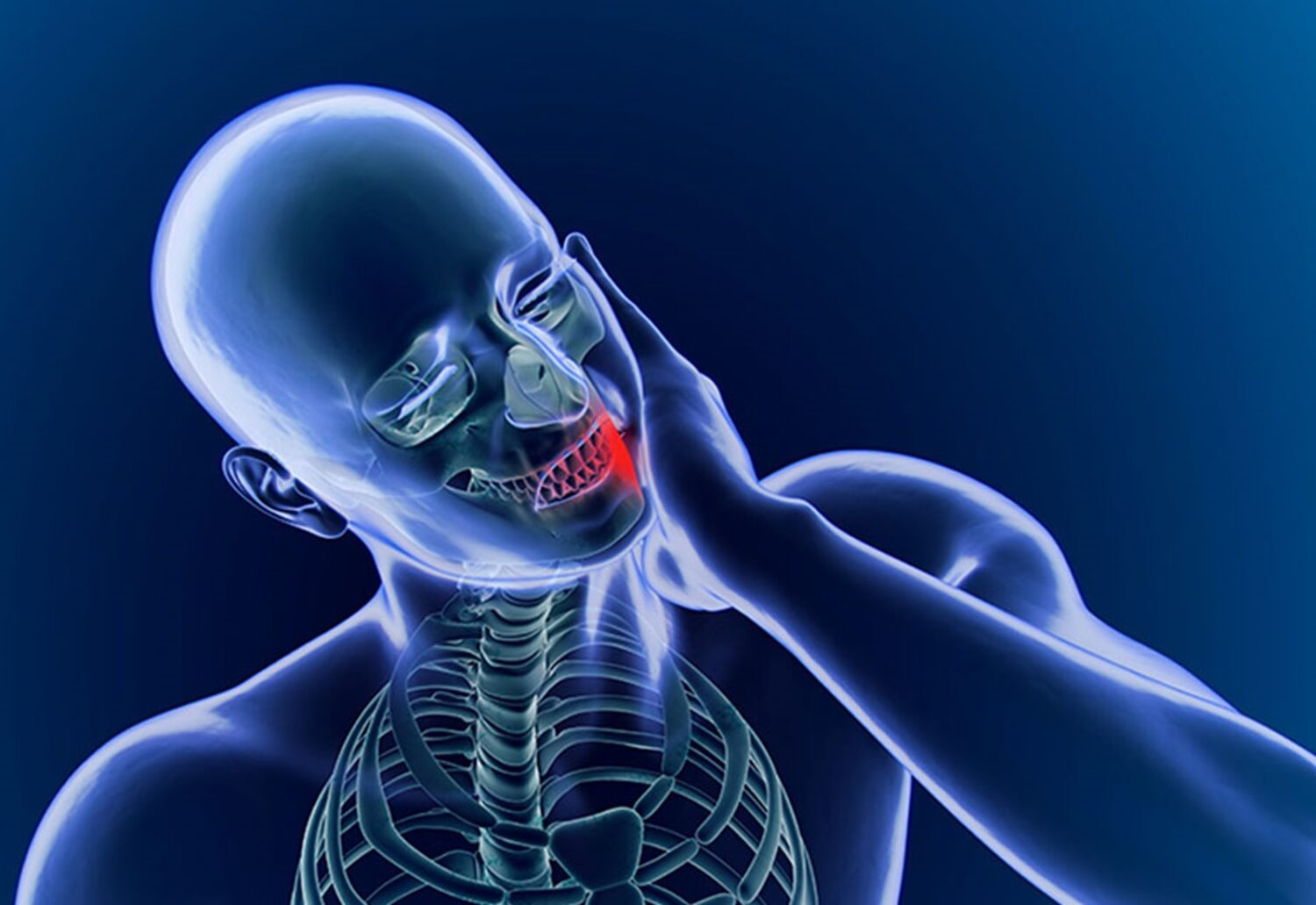 My treatment strategy is deeply rooted in the principles of neurogenic health and nerve regeneration.
My treatment strategy is deeply rooted in the principles of neurogenic health and nerve regeneration.
My approach to treating Trigeminal Neuralgia involves the precise administration of micro-injections, using a buffered dextrose solution to target the Trigeminal nerve. This treatment aims to reduce inflammation around the nerve and eliminate the pain. It provides immediate relief from pain and inflammation. This treatment provides quick symptomatic relief and the normalization of nerve function.
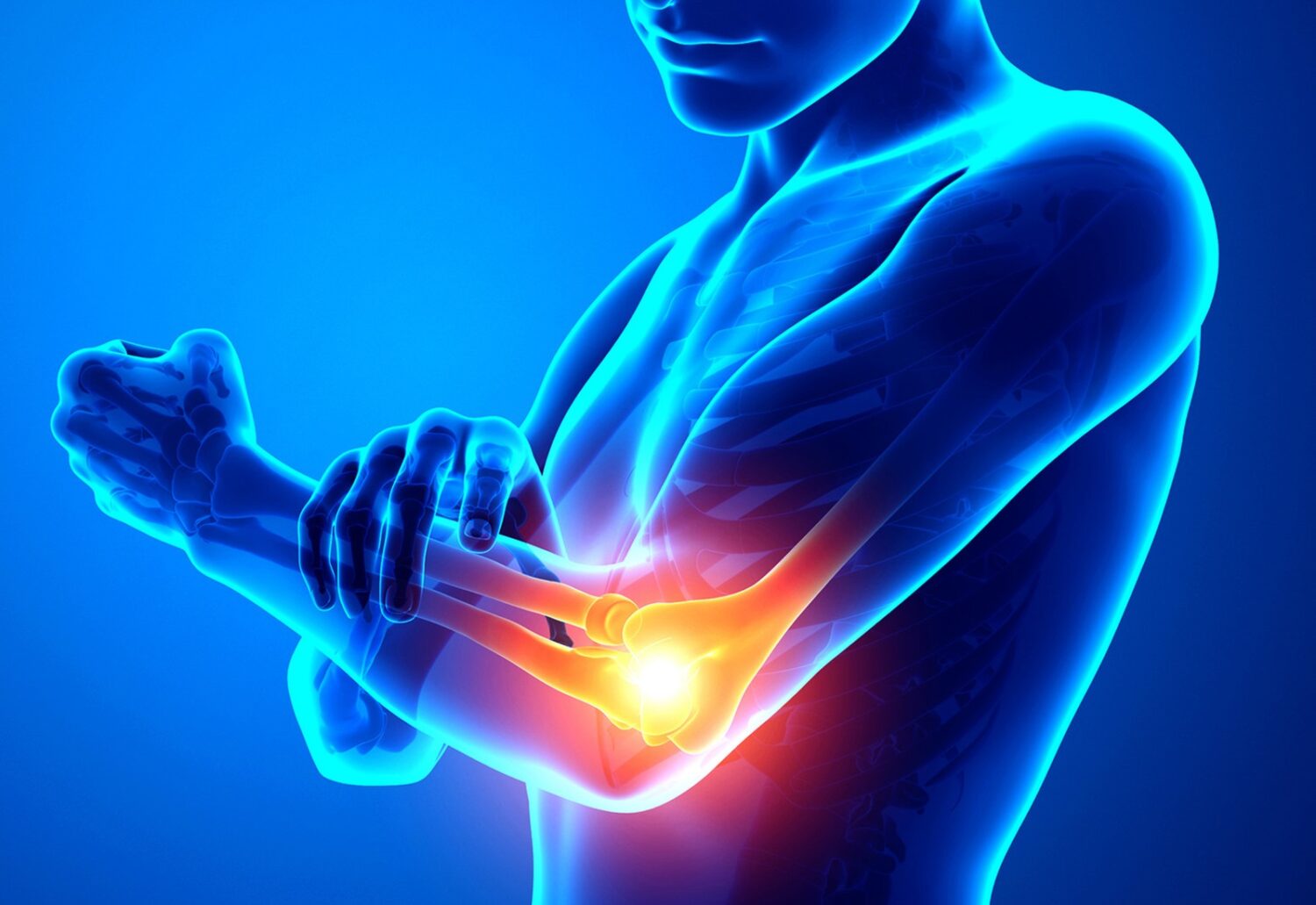 Our methodology for addressing Tennis Elbow involves the precise application of micro-injections, administering a dilute buffered dextrose solution beside the radial nerve branches (near nerve injs). This treatment can turn off the pain and inflammation in the forearm extensor muscles. This should restore strength and normal function to the elbow and forearm, enabling patients to return to their normal activities without discomfort. It may require a follow up treatment.
Our methodology for addressing Tennis Elbow involves the precise application of micro-injections, administering a dilute buffered dextrose solution beside the radial nerve branches (near nerve injs). This treatment can turn off the pain and inflammation in the forearm extensor muscles. This should restore strength and normal function to the elbow and forearm, enabling patients to return to their normal activities without discomfort. It may require a follow up treatment.
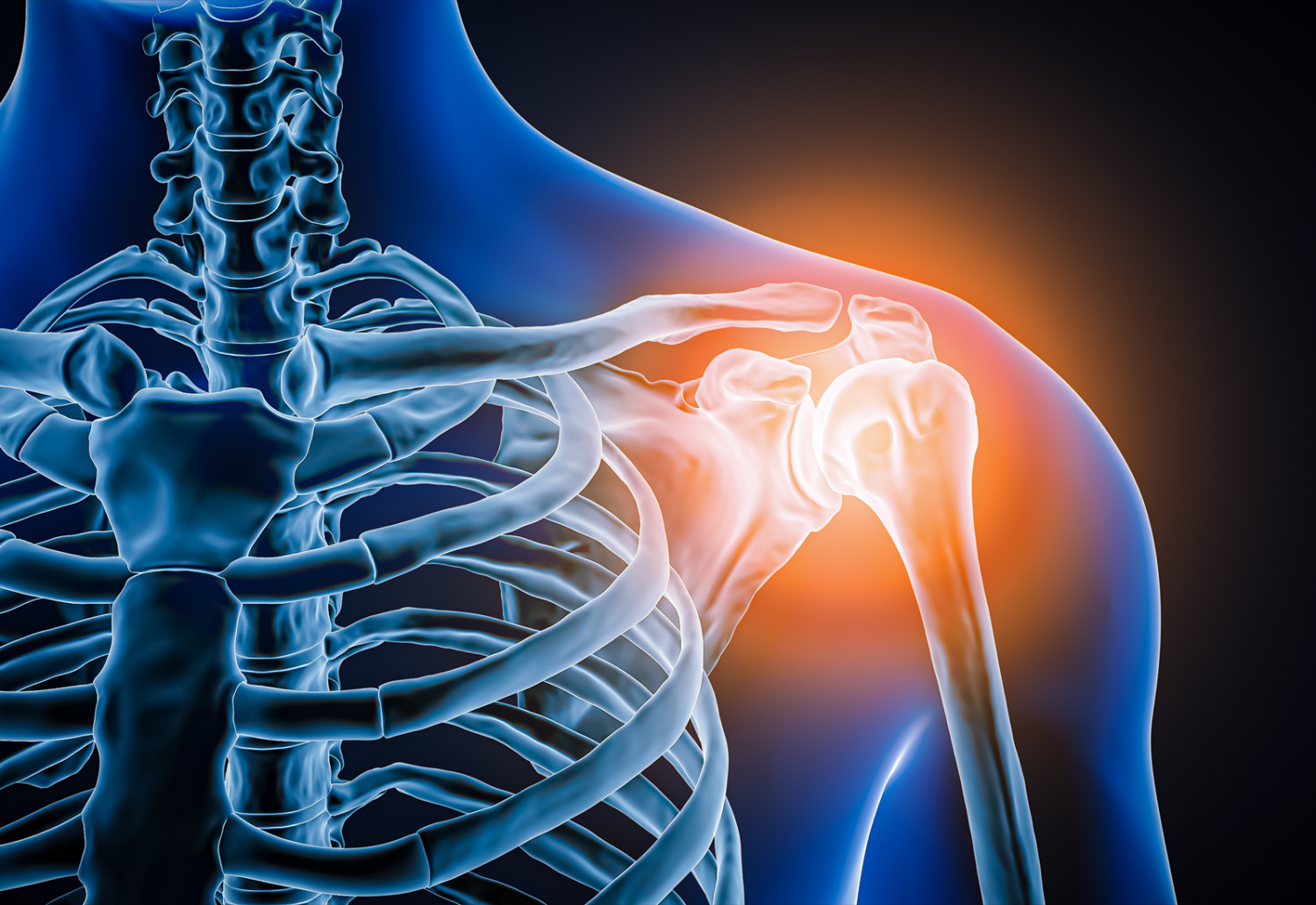 The goal of treating a rotator cuff injury involves finding the precise location of the pain, and then delivering the solution directly to that area to turn off the inflammation.. This requires caution to avoid injecting the nearby plexus nerves. The pain usually subsides immediately and healing of the rotator cuff is automatic.
The goal of treating a rotator cuff injury involves finding the precise location of the pain, and then delivering the solution directly to that area to turn off the inflammation.. This requires caution to avoid injecting the nearby plexus nerves. The pain usually subsides immediately and healing of the rotator cuff is automatic.
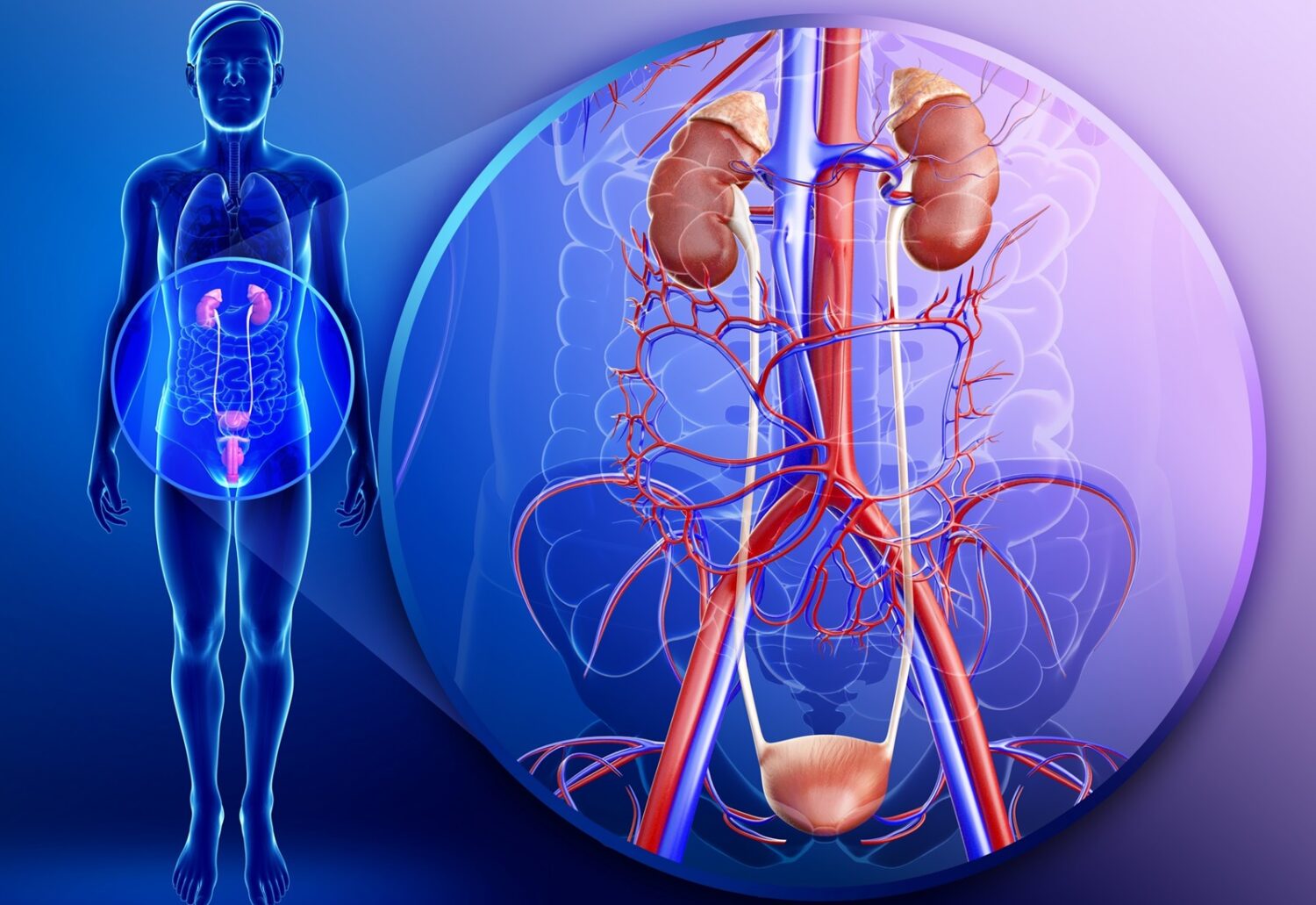 Incontinence can significantly impact quality of life in both men and women. Dr. McDonagh sees this condition as a peripheral neuropathy since most of the urologic evaluations are normal. This treatment involves “near nerve” injections to the obturator nerve in the upper thighs. This is typically a painless procedure.
Incontinence can significantly impact quality of life in both men and women. Dr. McDonagh sees this condition as a peripheral neuropathy since most of the urologic evaluations are normal. This treatment involves “near nerve” injections to the obturator nerve in the upper thighs. This is typically a painless procedure.
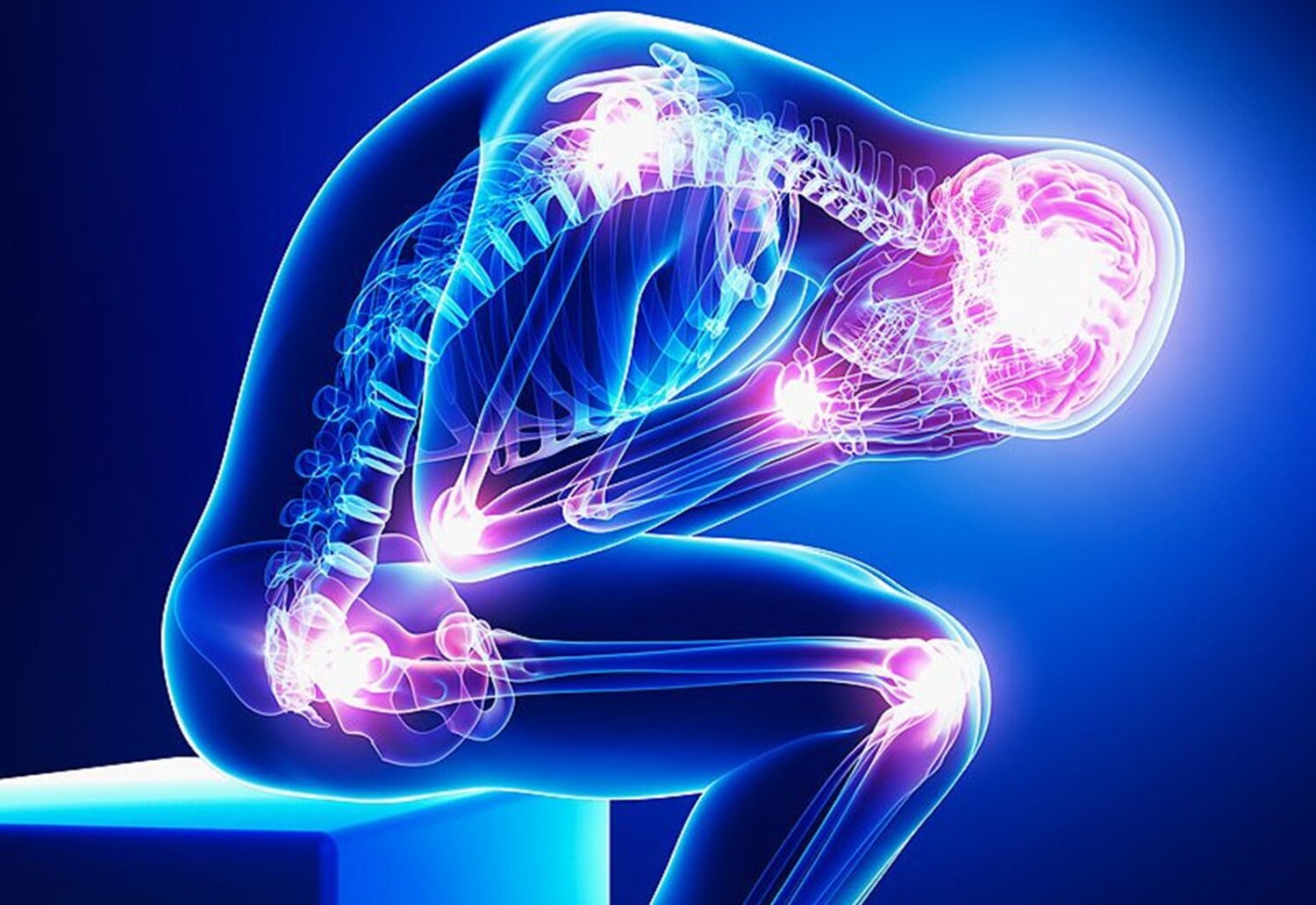 Neuropathic pain can be mild or intense. Peripheral neuropathy involves both motor and sensory nerves, and it is most common in the feet and hands. It appears first in the longest nerves and so my treatment begins in the feet, usually where there’s numbness. This is important because driving a car with numb feet can be dangerous when you can’t feel the pedals. The good news is that the numbness can be treated effectively using “near nerve injections” of buffered dilute dextrose solution. Our entire nervous system including our brain, spinal cord, and peripheral nerves all use glucose for normal function of their motor and sensory nerves. In Peripheral Neuropathy, the first sign of low nerve sugar is numbness in the feet. After foot numbness, balance problems becomes more obvious, because the nerves of proprioception become affected by the low nerve glucose level. Next in line is weak leg muscles.
Neuropathic pain can be mild or intense. Peripheral neuropathy involves both motor and sensory nerves, and it is most common in the feet and hands. It appears first in the longest nerves and so my treatment begins in the feet, usually where there’s numbness. This is important because driving a car with numb feet can be dangerous when you can’t feel the pedals. The good news is that the numbness can be treated effectively using “near nerve injections” of buffered dilute dextrose solution. Our entire nervous system including our brain, spinal cord, and peripheral nerves all use glucose for normal function of their motor and sensory nerves. In Peripheral Neuropathy, the first sign of low nerve sugar is numbness in the feet. After foot numbness, balance problems becomes more obvious, because the nerves of proprioception become affected by the low nerve glucose level. Next in line is weak leg muscles.
The nerves in PN can deteriorate to a state of dormancy and can remain in that state for decades. This is because the nerves receive their sugar from the extracellular fluid of their environment. Those nerves can die if their environment becomes toxic (from Chemo and Radiation) or there is ongoing damage to the nerve (e.g., compression, trauma, disease). Additionally, some patients have cold feet and legs which could reduce the nerve glucose level. Socks and other leg warmers could make a difference. There is hope for long standing neuropathy because the nerves can remain in a state of “dormancy” for many years.
Some patients get peripheral neuropathy from chemotherapy and radiation which can be very toxic to leg nerves. These patients should get early dextrose treatment or their nerves could lose their function permanently. Such patients can also develop “dropped foot” on one or both sides. Fortunately this paralyzing problem can be corrected if caught in time.
Peripheral neuropathy can occur anywhere on the body. Neuropathic pain can be felt in neuralgias or pinched nerves (e.g., carpal tunnel syndrome), or as Fibromyalgia., even in back pain commonly caused by the Cluneal nerves (Superior, Middle and Inferior). I also consider MS to be a peripheral neuropathy because of its similarities, especially its response to treatment. They all respond well to the same dextrose solution technique but the injection methods can vary. Please note that giving dextrose by IV/IM/Orally etc, can’t work because the glucose doesn’t get to the treatment target area. Also, the Dextrose solution can’t affect the patient’s blood sugar very much because of the low concentration and volume of dextrose injected.
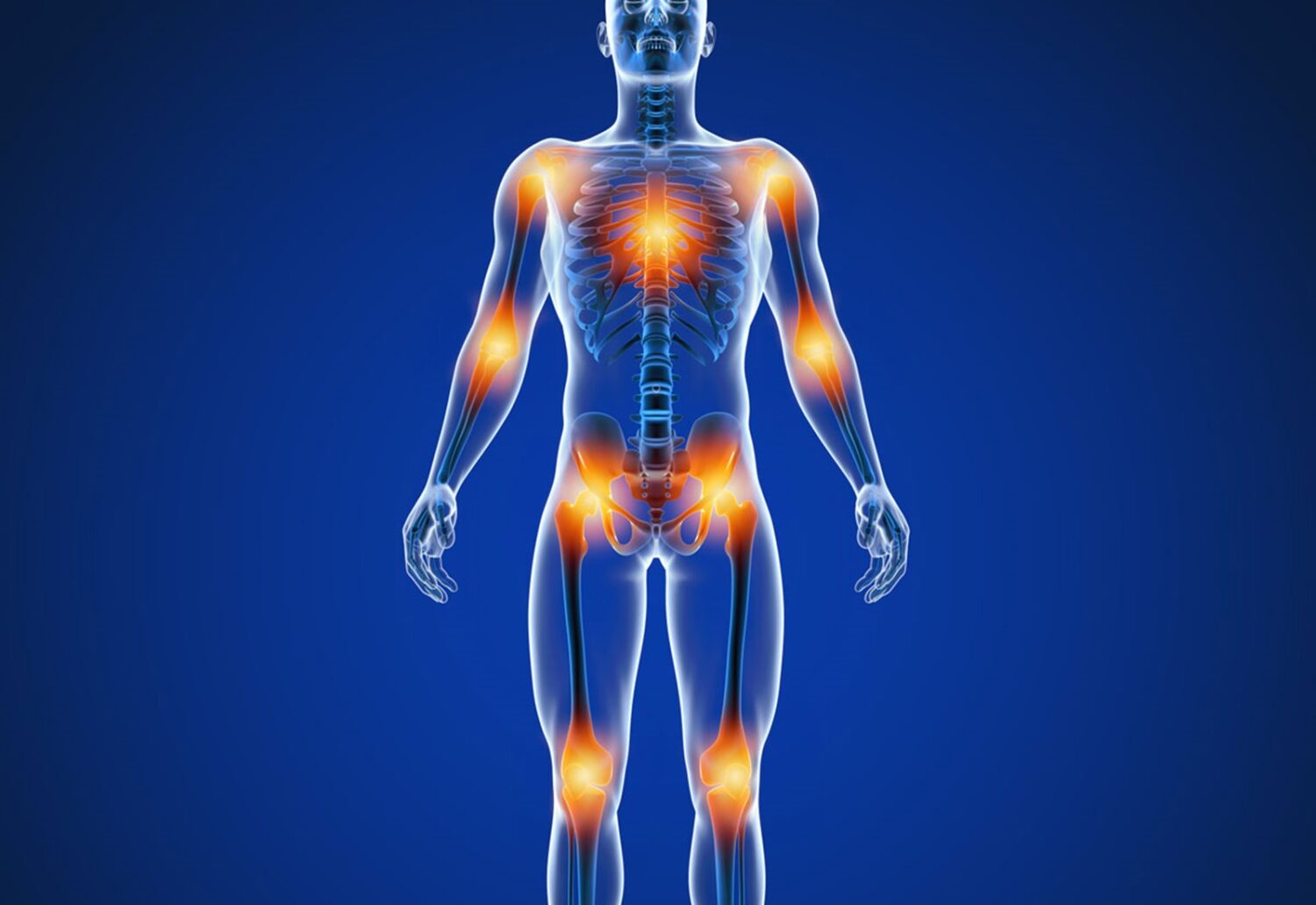 Our treatment for Stiff Person Syndrome focuses on targeted therapy designed to modulate the nervous system’s response. The treatment employs micro-injections of buffered Dextrose, which stops the spasms in the affected area.
Our treatment for Stiff Person Syndrome focuses on targeted therapy designed to modulate the nervous system’s response. The treatment employs micro-injections of buffered Dextrose, which stops the spasms in the affected area.
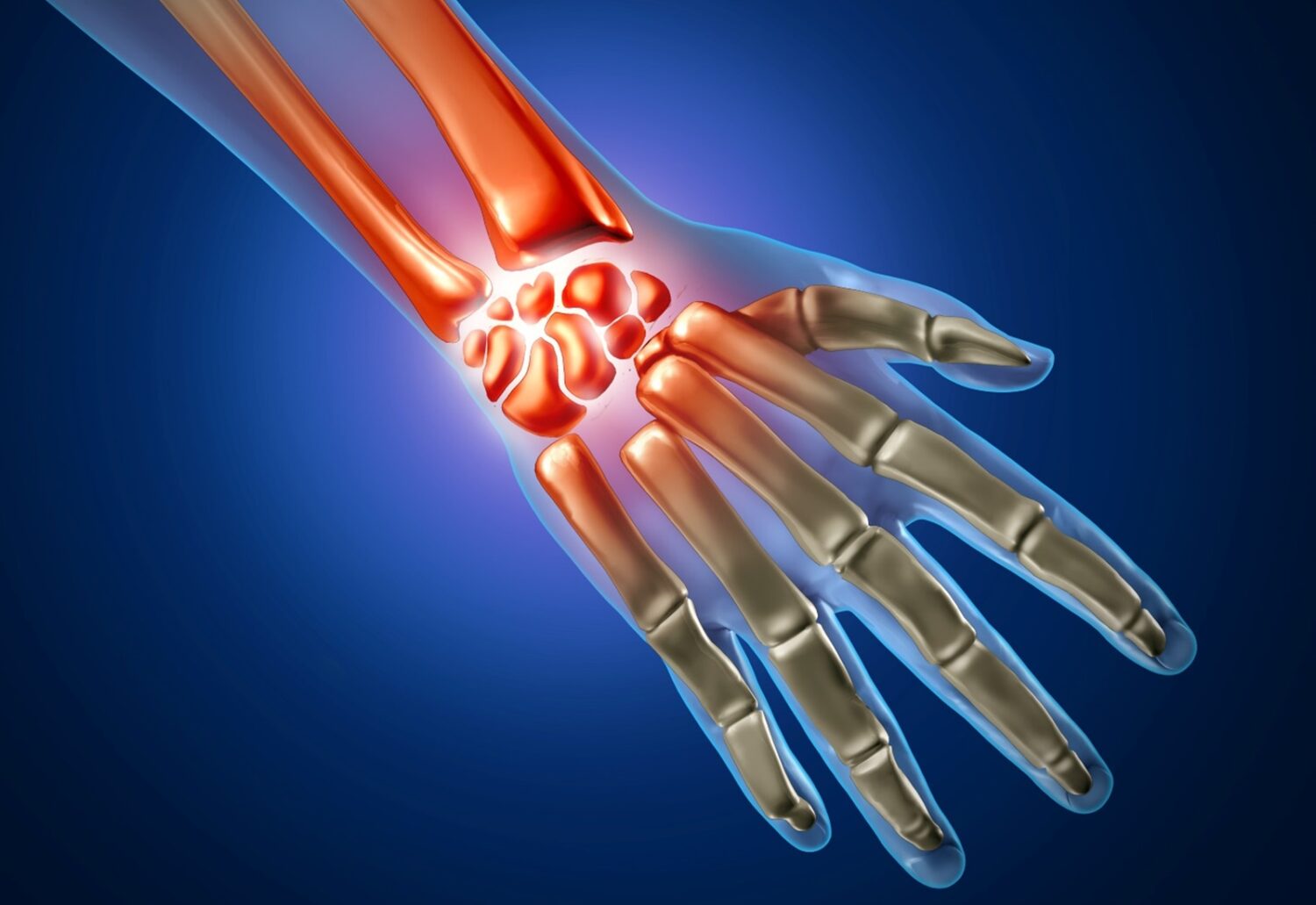 Carpal Tunnel Syndrome responds well to “near nerve” injection. The Median nerve is most commonly compressed by Struthers ligament about an inch and a half above the medial elbow and again when passing between the two heads of the pronator teres muscle.
Carpal Tunnel Syndrome responds well to “near nerve” injection. The Median nerve is most commonly compressed by Struthers ligament about an inch and a half above the medial elbow and again when passing between the two heads of the pronator teres muscle.
The “near nerve” injections should begin at these two sites and over any median nerve tenderness in the forearm including just proximal to the flexor retinaculum. This could save you an operation!
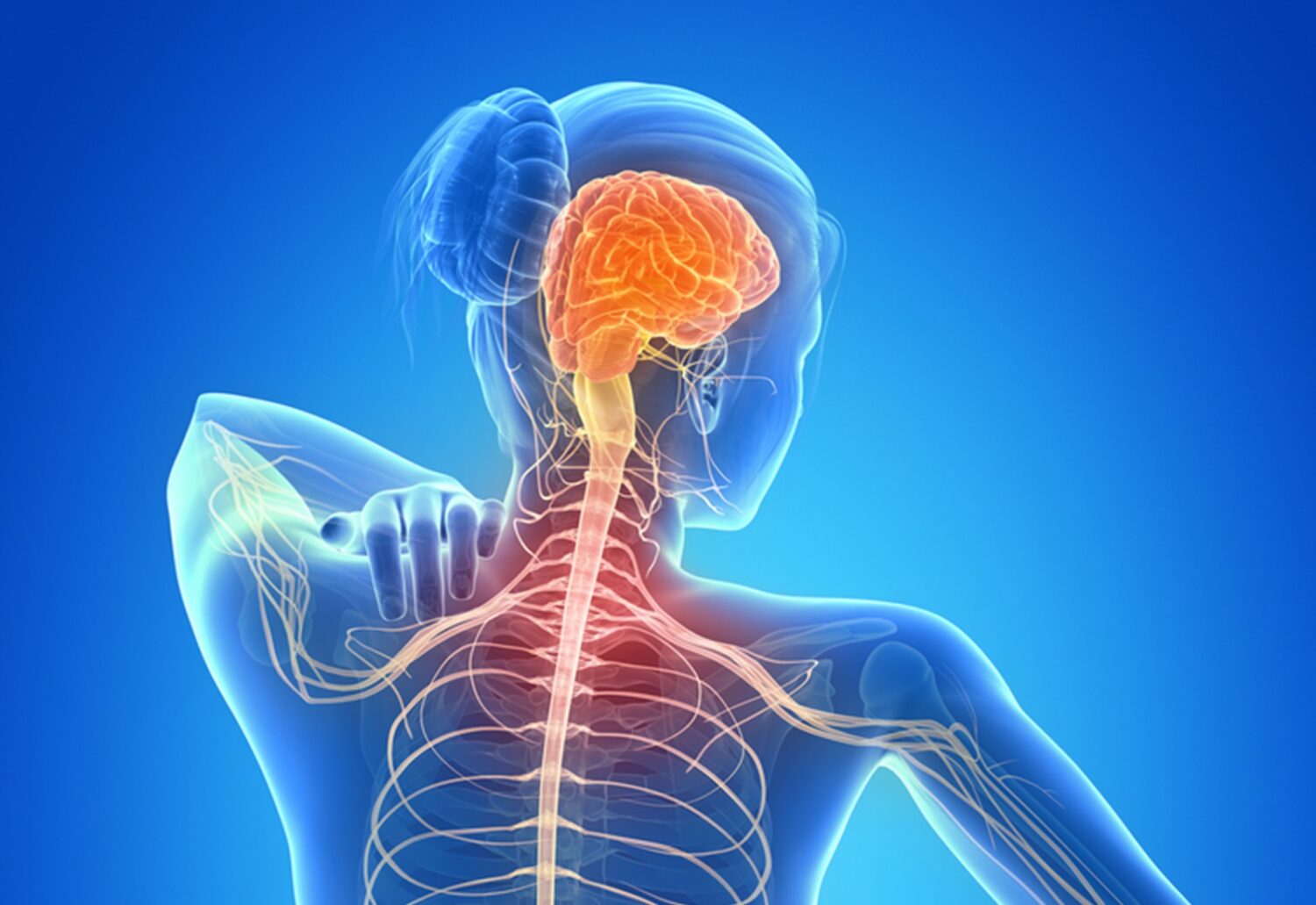 I enjoy treating painful necks with reduced range of motion, because they respond so well to minimally invasive injections of dilute dextrose. The nerves from the neck frequently go down through the trapezius muscles and out to the shoulder joints, where they can cause frozen shoulder. These too usually respond very well.
I enjoy treating painful necks with reduced range of motion, because they respond so well to minimally invasive injections of dilute dextrose. The nerves from the neck frequently go down through the trapezius muscles and out to the shoulder joints, where they can cause frozen shoulder. These too usually respond very well.
Lorem ipsum dolor sit amet, consectetur adipiscing elit. Ut elit tellus, luctus nec ullamcorper mattis, pulvinar dapibus leo.
